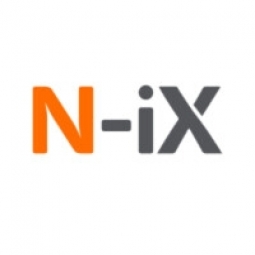Ride-Sharing Platform Development for Facedrive
- Other - Battery
- Sensors - GPS
- Automotive
- Finance & Insurance
- Product Research & Development
- Quality Assurance
- Driver Performance Monitoring
- Time Sensitive Networking
- System Integration
Facedrive, a Canadian ride-sharing platform, needed to develop a comprehensive solution from scratch. This included back end, front end, and mobile development for both iOS and Android platforms. The development team was tasked with implementing GPS positioning and route navigation, integrating with a payment platform, and creating a complex ride-sharing logic. They also needed to create an intuitive UX design. The challenges included updating the drivers' location information in real-time, estimating time and distance for each ride, synchronizing multiple servers, ensuring payment security through Stripe API integration, developing the ride-sharing logic, calculating rates for electric, hybrid, and gas vehicles, and ensuring smooth operation across multiple apps and platforms.
Facedrive is a Canadian ride-sharing platform that offers electric, hybrid, and gas-powered vehicles to its users. The platform comprises a website, and native iOS and Android apps for drivers and riders. Facedrive distinguishes itself from its competitors by offering the possibility to share a ride with others and pay for it individually. It also allows riders to choose among vehicles with different levels of CO2 emission, thus minimizing the negative impact on the environment while commuting.
In collaboration with N-iX, Facedrive built a scalable software product with wide functionality. The PostGis extension was used to enable riders to see all available cars nearby using GPS coordinates. Time and distance estimates were implemented using Google Maps products and an independent server. The team developed a solution for server synchronization to handle multiple simultaneous ride requests. Stripe API was integrated for secure payment transactions, and a complex ride-sharing logic was developed. An algorithm was created for calculating fares depending on the type of vehicle. Four native apps were developed - Android Driver, Android Client, iOS Driver, and iOS Client. The UX department conducted research and improved the general look and user experience of the applications.
Related Case Studies.











